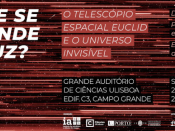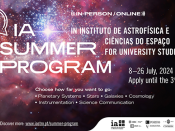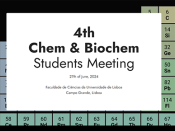Por Trond Torsvik (Centre for Earth Evolution and Dynamics, University of Oslo, Norway).
The long-term climate is largely controlled by the slow increase in the Sun’s energy and changes in the plate tectonics forcing but on shorter time scales large igneous provinces (LIPs) perturb the climate system. Earth has been in a greenhouse state during most of its life span, interrupted by a dozen icehouse periods (like today) and the Phanerozoic (past 541 Myrs) have witnessed three main episodes of icehouse conditions. The Late Paleozoic Ice Age (LPIA) is the longest, perhaps lasting 70 Myrs, but the reasons for Late Paleozoic cooling and the onset of LPIA at around 330 Ma is debated but likely caused by reduced continental arc activity and CO2 sourcing and increased sinks that cooled the climate. The latter included the long-term effect of enhanced silicate weathering due to expansion of land plants and the advent of large trees and accelerated weathering of a low-latitude (warm and wet) Alleghenian-Variscan orogenic belt during Pangea formation. LPIA lasted to about 260 Ma but increasing atmospheric CO2 levels and temperatures from ~300 Ma (contemporaneous with a fast reduction in glacial frequency) was spearheaded by long-lasting circum-Tethyan LIP degassing. This nearly ended icehouse conditions at 280 Ma with atmospheric CO2 levels and tropical sea surface temperatures near glacial inception thresholds. The late Permian (275-260 Ma) is characterized by a lowering of CO2 levels, partly related to enhanced weathering of juvenile LIP-lavas on short time-scales, but major changes in the Tethyan paleogeography, including the opening of the Neotethys from 275 Ma, led to increase of exposed land in the Tethyan tropics during the Late Permian and thus enhancing silicate weathering and CO2 drawdown. The Emeishan LIP (260 Ma) and Siberian Traps (252) led to extraordinary climate perturbations but the transition to a Triassic super-greenhouse is probably linked to the radical reduction of Tethyan land areas within the tropics, at a time when the Central Pangean tropics was aridified, and that lead to the lowest global river runoff and silicate weathering efficiency for the entire Phanerozoic.
Transmissão em direto via Zoom (password: RG234_2021).



















